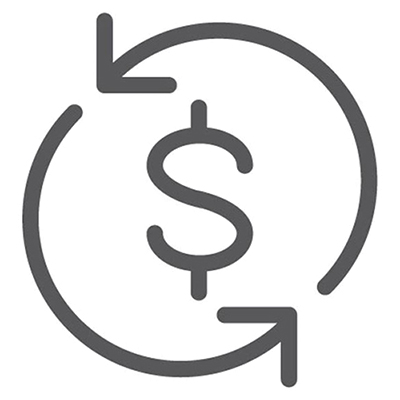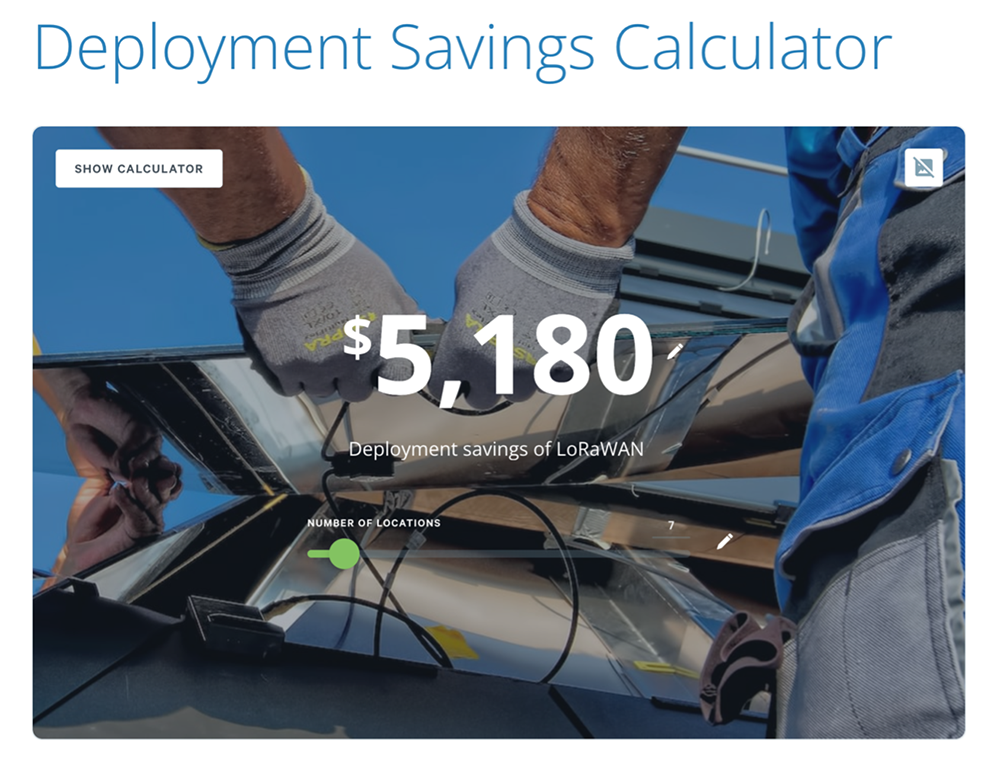Many technical leaders evaluate LoRaWAN from a technical point of view. They investigate things like the RF performance and ease of integration, spending a large portion of the project budget without validating the most important part of an IoT solution — what is the return on investment (ROI) of a LoRaWAN solution for the business?
As a LoRaWAN solution provider for 7 years, our team has seen many IoT project successes and failures. The most common traits of the successful cases are those that have a clearly defined ROI that receives business operations support, or that is designed to support a profitable and scalable business model due to popular customer adoption.
So how should the ROI be calculated? The simple equation is Return — Investment = Benefit. (For the resulting Benefit dollar figure, the bigger the number the better.)
In this post, we look at the key considerations as you plan your LoRa project to help ensure that your LoRaWAN deployment meets your organization’s ROI goals.
See the developer kit
What Factors Should You Consider in the “Return”?
There ar e a number of ways in which organizations can approach achieving a return on investment with their LoRaWAN deployment.
e a number of ways in which organizations can approach achieving a return on investment with their LoRaWAN deployment.
Operational Costs
First and foremost, each organization must evaluate opportunities to achieve operational savings, which can have a dramatic impact on the bottom line. Here are some examples of key ways in which organizations deploying LoRaWAN see improvements in operational costs:
- Real time monitoring: Real-time alerts on infrastructure status support fast insights into remote operations, eliminating the need for regular onsite visits
- Predictive maintenance: Data patterns can indicate proactive actions before an equipment fails, in order to reduce operational downtime
- Data records for compliance: Certain industries require record keeping for compliance costs, and these can be easily obtained with Digi’s LoRaWAN device-to-cloud solution.
- Reduction in manual labor cost: With insights as well as access to remote devices, organizations can rapidly monitor, manage, maintain and update their devices from anywhere.
Don’t forget to multiply the number of sites, assets, and number of staff to get to the total cost saving / revenue opportunities.
Revenue Opportunities
Saving money is one great ROI metric. But it’s even better if you can expand your product or service offering to create new revenue opportunities. For example, if you are building a connected application to monitor moisture in the soil in golf courses, will the extended connectivity range of a LoRaWAN solution enable you to expand into the commercial agriculture market?
For an OEM, this is the best kind of “Return” in the ROI calculation. However, the product strategy and business model have to be quickly validated and market tested before the solution is fully baked.
What Factors Should You Consider in the “Investment”?
As many IoT veterans understand, IoT is hard. There are so many moving parts, including hardware, connectivity, software, cloud, radio performance, system integration, certification and more. Each of these factors must be considered in the “investment” calculation.
A successful IoT project often involves several vendors, each of which will incur costs at some point. Some costs are NRE (non recurring expenses), some provide their product/services a SaaS model. While validating a vendor’s technical solution is important, the compound costs of a solution after the “Vendor Margin Stacking” can make an IoT solution less affordable.

Unique LoRaWAN Savings
There are several great ways in which LoRaWAN provides ROI from a cost saving standpoint.
Connectivity Savings
Compared to several other LPWAN technologies, LoRaWAN offers a significant cost saving advantage. LoRaWAN is capable of aggregating thousands of endpoint devices through a single gateway with a single cellular backhaul. (For more information, see our blog post, 5 Reasons Product Managers Should Consider LoRaWAN for IoT Solutions.) This creates massive cost savings for a much broader range of use cases — enabling IoT managers to digitize and connect devices for which you could not have justified cellular data costs. To learn more, see our webinar, Digitizing Animal Health Using LoRaWAN.
Use this formula to calculate the connectivity savings:
Number of nodes per site x $ cellular plan per month .x the number of sites — gateway $ cellular plan cost per month x number of gateways = total cost savings
Battery Cost Savings
Initial battery size for devices in a LoRaWAN network is smaller and lower cost. Long term, replacement times are much less frequent than competing technologies. Onsite power generation, such as solar panels are also smaller and lower cost.
Contact the Digi team for a free consultation using our IoT ROI calculator for LoRaWAN.

Deployment Savings
With Digi LoRaWAN and the X-ON cloud platform, you can reduce your deployment time and automate your device deployment with scan-and-go deployment tools. These cost savings are unique to the Digi end-to-end Solution for LoRaWAN. Many technical leaders overlook the deployment process, which is often the most expensive part of the IoT project. Using Digi’s solution, users can achieve a successful installation of a device OR a gateway in minutes, with built-in real time network testing tools!
More Savings
There are even more ways to achieve the maximum ROI using Digi’s end-to-end solution. No more margin stacking! With a complete solution including hardware, certification, and a cloud platform that provides network operational tools and insights, Digi provides a fully integrated product experience. In addition to this offering that is designed for fast time-to-market, Digi also provides design services from a team of experts that can help get your completed in record time. Working with Digi as your solution partner can eliminate the margin stacking from multiple vendors, and simplify the cost structure in your ROI calculation.
Next Steps